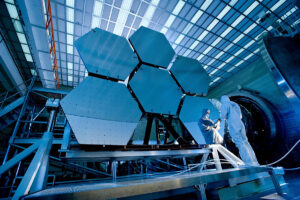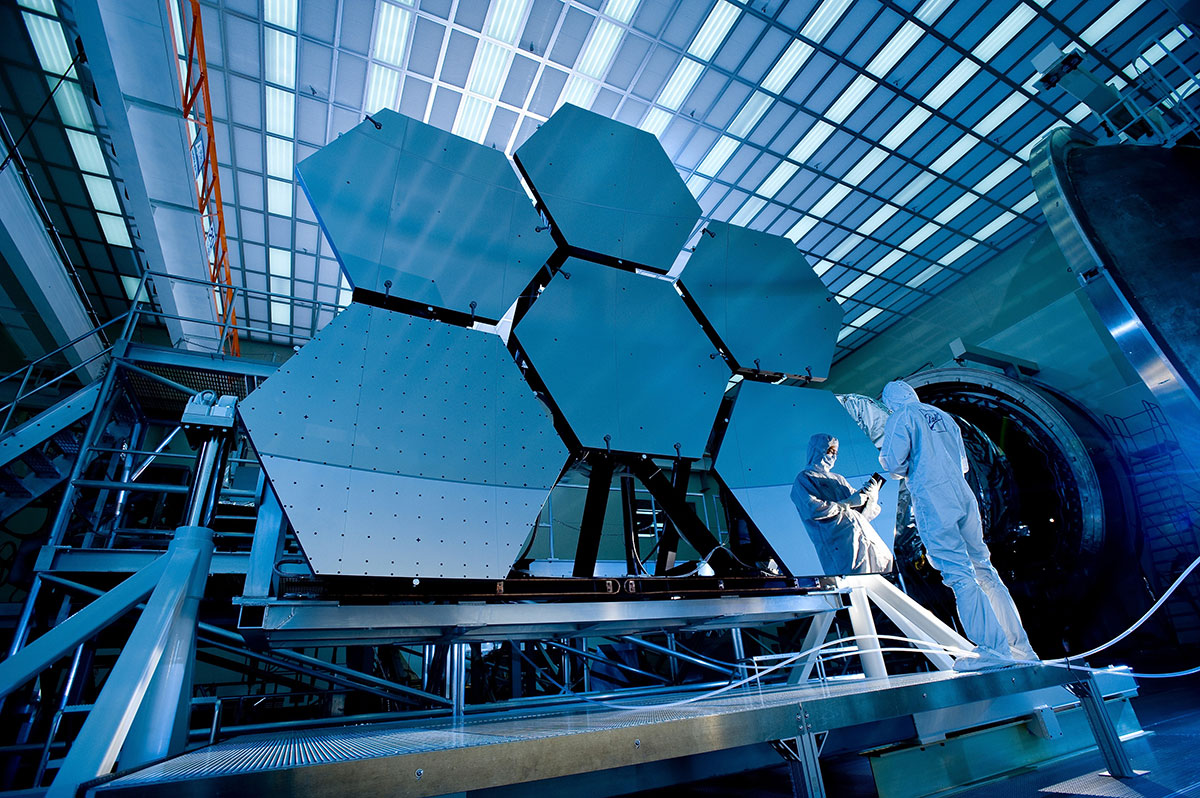Disclaimer: The information on our website is provided for general information purposes only. We make no representations or warranties of any kind, express or implied, about the completeness, accuracy, reliability, suitability or availability with respect to the website or the information contained on our website for any purpose. Any reliance on such information is therefore strictly at your own risk and we are not liable for any damages or losses arising out of or resulting from your reliance on any information contained on our website.
Aerospace Engineers design and test missiles, aircraft, satellites, and spacecraft . They also create propulsion systems and evaluate the aerodynamic performance of aircrafts and assure all blueprints, prototypes, and products meet required engineering standards, environmental issues, and customer requirements.
Watch the following video to learn what an aerospace engineer does:
How to Become an Aerospace Engineer

Students in high school interested in this career field should start taking classes in physics, algebra, chemistry, calculus, and trigonometry. Aerospace engineers typically need a bachelor’s degree in aerospace engineering or a related field of science in order to gain an entry-level job. Coursework usually includes laboratory field studies, stability and control, mechanics, aerodynamics propulsion, and moving objects.
According to O*NET OnLine, over 30% of aerospace engineers went back to school to gain their master’s degree after earning their bachelors. According to NASA.gov (link opens in a new tab), there are other bachelor’s degree programs that can lead to aerospace careers which include bachelor’s degrees in: physics, chemistry, geology, meteorology, mathematics, experimental psychology, and biology.
Colleges and universities often times have cooperative programs that work with regional businesses that provide students with practical experience, while they finish their education. Most of these positions are unpaid, however few do have stipends therefore reducing the cost of your education or giving you additional funds while attending school. There are also 5-year programs available at some universities that allow students to earn duel degrees, both a bachelor’s and master’s degree at the same time. Most of these schools have accreditation by the Accreditation Board for Engineering and Technology (ABET).
Job Description of an Aerospace Engineer
Aerospace engineers consistently use the principles of advanced topics in trigonometry and calculus for design, analysis, testing, and troubleshooting. They strive to develop advanced technology in defense systems, spacecraft, and aviation. They also create proper criteria for quality standards and design methods, identifies problems with damaged or malfunctioning products, and seeks solutions to repair those products.
An aerospace engineer can specialize in astronautical or aeronautical engineering. Astronautical engineers apply science and technology inside and outside the Earth’s atmosphere whereas an aeronautical engineer studies the aerodynamic performance of aircraft, it’s materials, propulsion system, and aircraft design. No matter this engineer specializes in a focused area or not, they must have business, analytical, and math skills. They should also be skilled in problem solving, critical thinking, and writing.
Free Student and Teacher Resources
The American Institute of Aeronautics and Astronautics is the world’s largest technical society dedicated to the global aerospace profession. You can read about upcoming events, watch videos, and read news related to aerospace. Furthermore, Delft University of Technology (TU Delft) offers a free Introduction to Aeronautical Engineering course on EdX.org. There is also an option to pay a small fee receive a verified certificate upon completion of the course. By taking this course, you’ll learn:
- The impact of the history of flight on aircraft today.
- How the earth’s atmosphere can be modeled and how we can use this for aircraft design.
- Stability, structures, navigation and propulsion of aircraft.
- The fundamental aerodynamic concepts for flying an aircraft.
- How airfoils and wings generate lift.
- Flight mechanics of aircraft.
- How aircraft can optimally climb, descend and cruise.
Aerospace Engineer Career Video Transcript
Seen from the ground, the flight of a jumbo jet or the launching of a space shuttle can seem like magic. For the aerospace engineering and operations technicians who work on these modern marvels up close, these events are part of their everyday jobs. These technicians help ensure that aerospace engineers’ experimental designs for air and space vehicles are feasible and can be implemented.
Aerospace engineering and operations technicians build test facilities, then run tests on prototypes or new models to find problems in design or function. They record test data and make adjustments to prevent dangerous equipment failures. Making live tests function as intended requires both communication skills and technical skills. Often when something isn’t working, technicians and engineers troubleshoot together, so technicians must know how to ask the questions that will lead to the right answers.
Most aerospace engineering and operations technicians work full time in manufacturing plants, laboratories, and offices. In plants, technicians are directly involved in assembling aircraft, missiles, and spacecraft. Aerospace engineering and operations technicians typically earn an associate’s degree in engineering technology.
Security clearance may be required for work related to national defense. Proper execution of their duties is crucial both for safety and performance. In the end, it’s these technicians who carry the weight of flight.
Article Citations
- Bureau of Labor Statistics, U.S. Department of Labor, Occupational Outlook Handbook, Aerospace Engineers.
- National Center for O*NET Development. 17-2011.00. O*NET OnLine.

